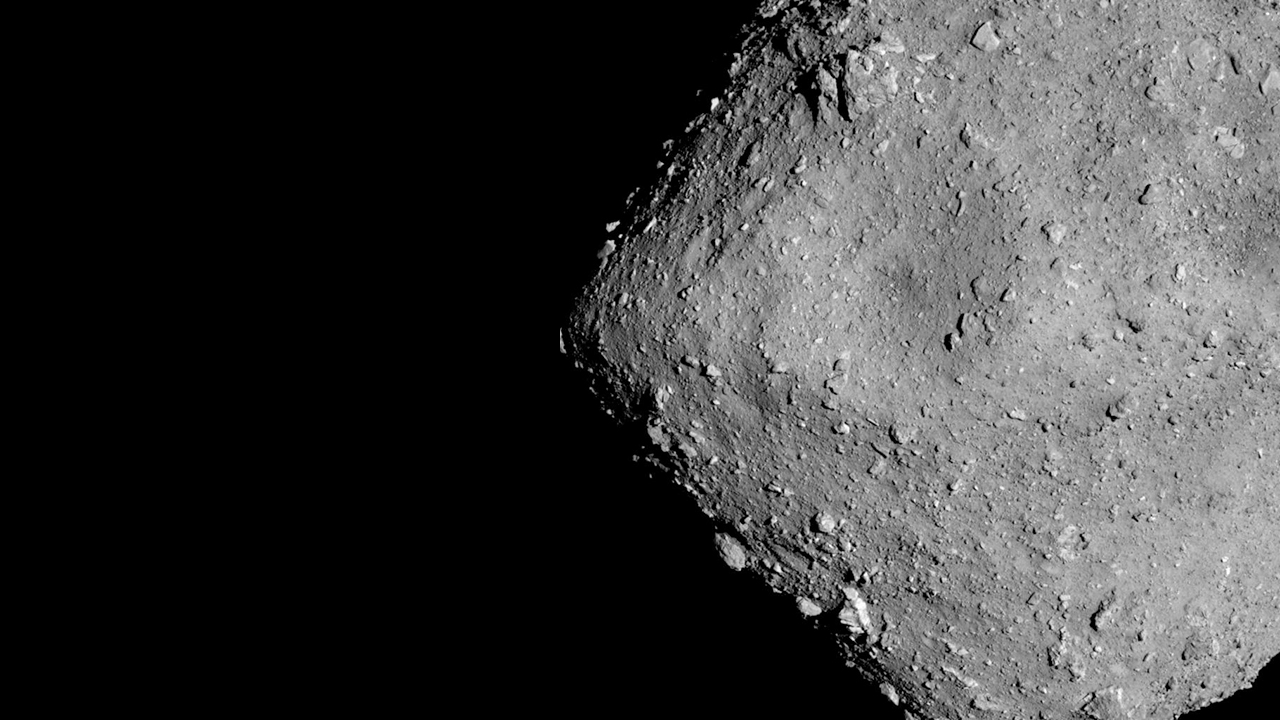Aerospace researcher to study surface samples returned from asteroid Ryugu
Published: Dec 8, 2020 10:30 AM
By Cassie Montgomery
The successful return of a Japanese space capsule carrying surface samples from asteroid Ryugu sparked international celebration, including in Auburn where Masatoshi Hirabayashi, assistant professor of aerospace engineering, is a co-investigator of the optical navigation camera team involved in the mission. The 16-inch diameter capsule was recovered Dec. 5 in the Woomera Desert in the Australian Outback and securely delivered to the Institute of Space and Astronautical Science, part of the Japan Aerospace Exploration Agency (JAXA) on Dec. 8. Researchers such as Hirabayashi are eager to examine its contents.
Launched six years ago by JAXA, Hayabusa2 spent more than three years orbiting the sun to position itself in proximity to Ryugu, an asteroid approximately 1 kilometer in diameter. The spacecraft arrived at its destination, 177 million miles from Earth, in 2018 and made two landings on the asteroid to collect surface samples. JAXA scientists have described potential findings from the sample as an opportunity to “approach the secrets of the birth of the solar system and the birth of life.”
“Ryugu is a carbonaceous asteroid that was originally thought to not have experienced intense heat since the formation of the solar system, thus containing plenty of water,” Hirabayashi said. “However, remote sensing observations implied that it would not be rich in water as compared to asteroid Bennu, a carbonaceous asteroid that was recently sampled by NASA’s OSIRIS-REx mission. Detailed geochemical studies using the sampled materials will explain how carbonaceous asteroids formed, and how they delivered water to the Earth-Moon system.”
Hirabayashi, who is also a collaborator involved in the OSIRIS-REx mission, reports that with the recent re-entry operation complete, the Hayabusa2 mission was an overall success due to the work of the international team collaborating on the mission.
“From experiences with Hayabusa2 and OSIRIS-REx, I am learning that international collaborations in space explorations are critical elements. These two missions have had close communications to share ideas about engineering and science problems. These discussions promoted active interactions between the teams, which I really enjoyed. I hope to have such collaborations in multiple countries more in the future to achieve higher goals,” he said.
Hayabusa2 is already on to its next mission. The spacecraft departed from Earth again to start an extended mission to rendezvous with asteroid 1998 KY26, a small asteroid of only about 30 meters in diameter that is revolving at a high spin rate.
“We will explore this asteroid to study the dynamic environment in the solar system and planetary defense,” Hirabayashi said. “I have been leading the development of the extended mission and thus am thrilled to be part of this mission, too. I look forward to the active participation of the Auburn University community in this mission.”
Hirabayashi’s team at Auburn has begun observations of 1998 KY26 and will continue gathering information about the object throughout the next few weeks to assist in the rendezvous operations.
Media Contact: , cmontgomery@auburn.edu, 334.844.3668
Asteroid Ryugu from an altitude of 6 kilometers. Image credit: JAXA, University of Tokyo, Kochi University, Rikkyo University, Nagoya University, Chiba Institute of Technology, Meiji University, University of Aizu, AIST.

